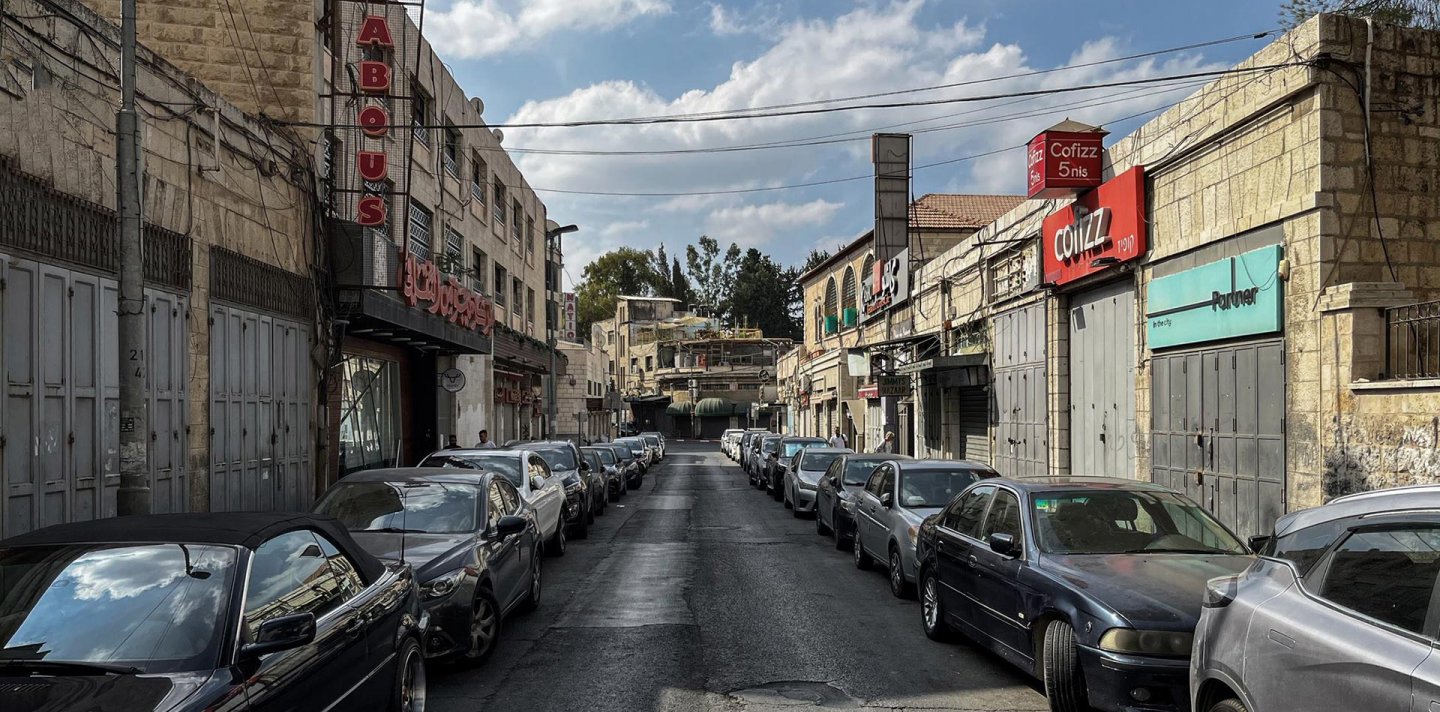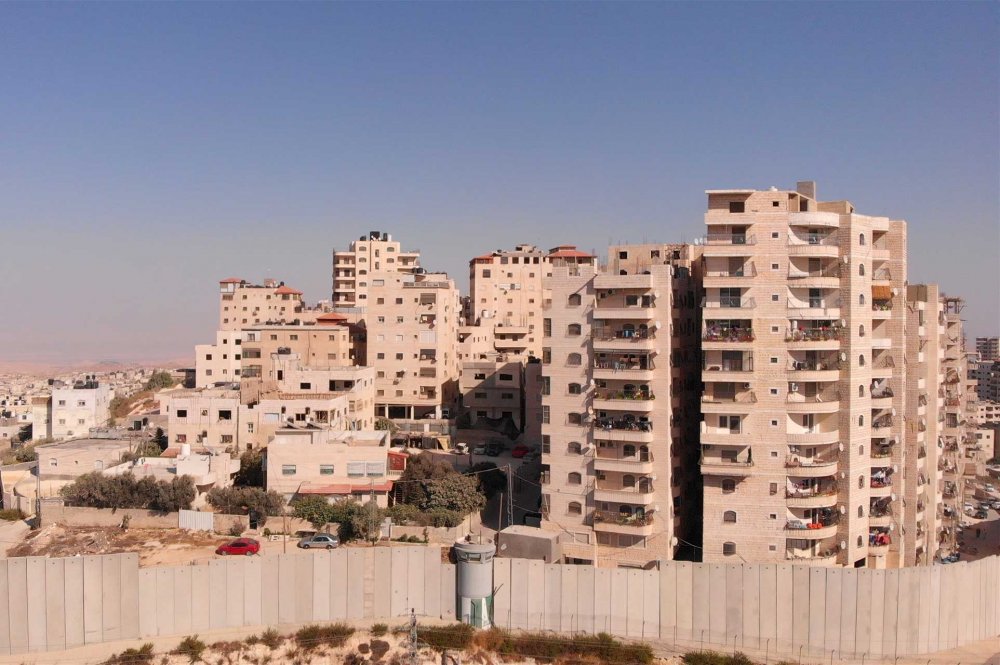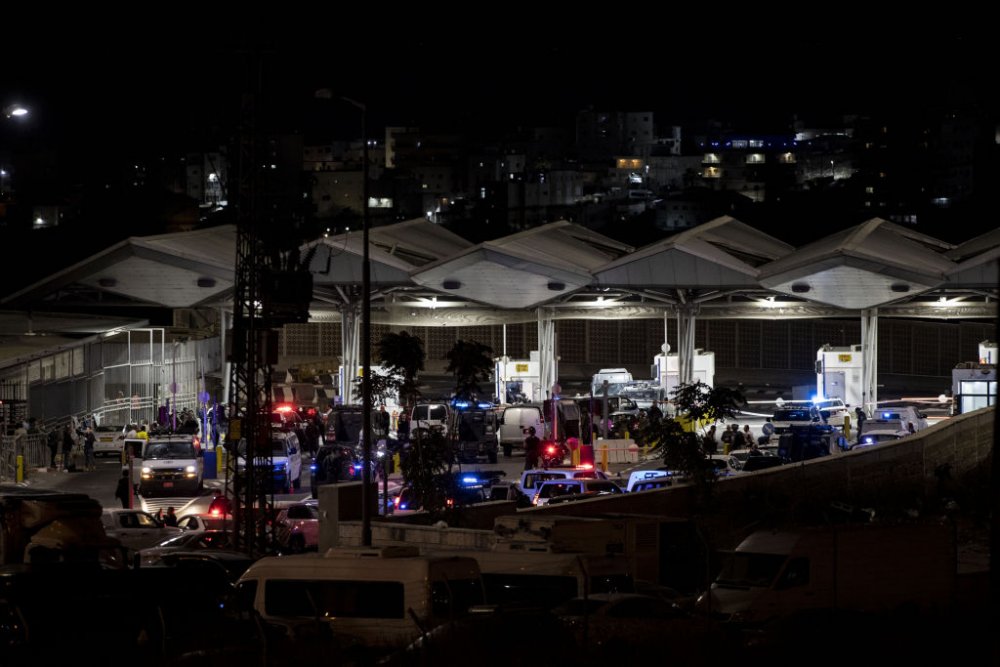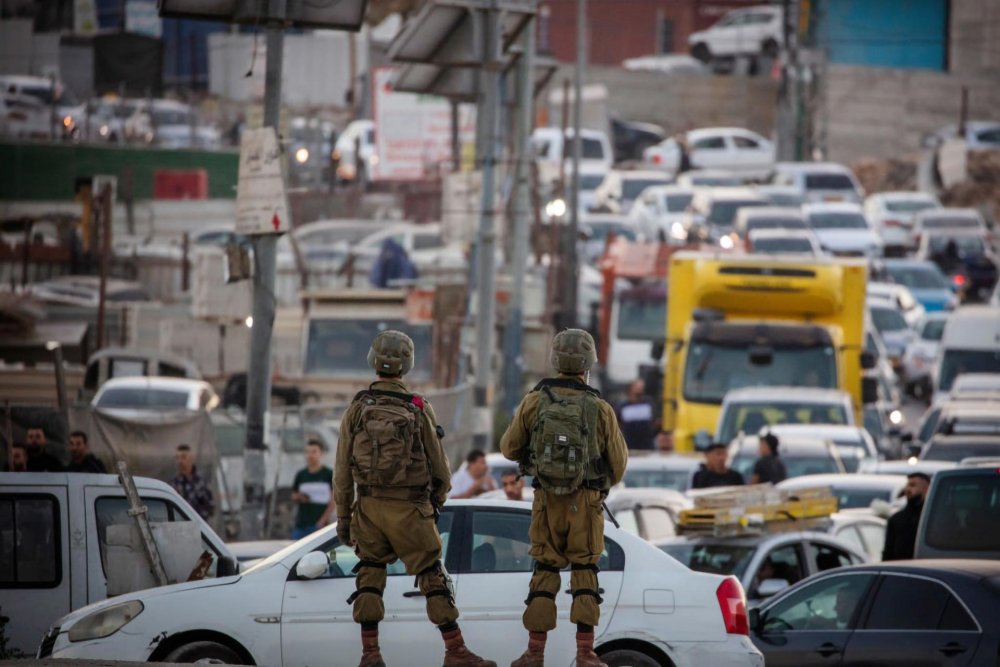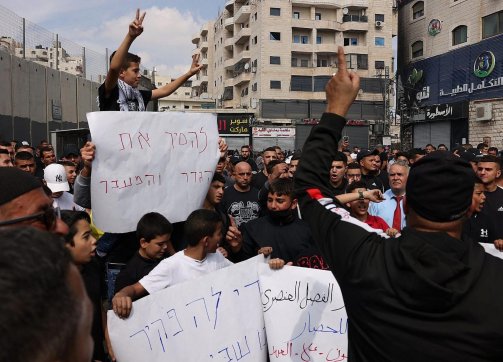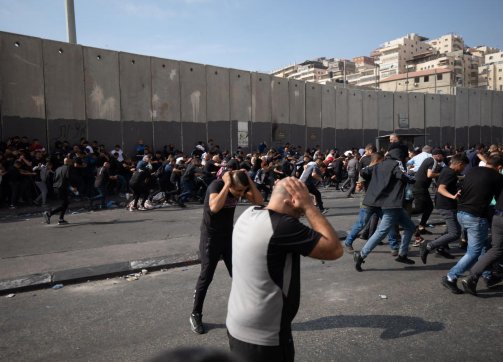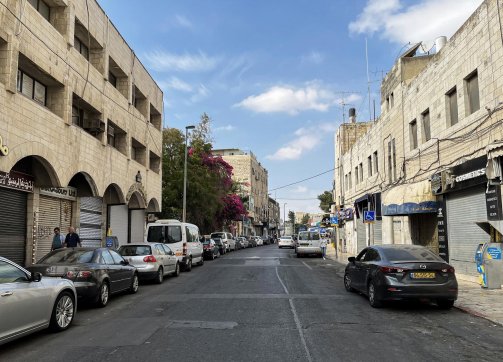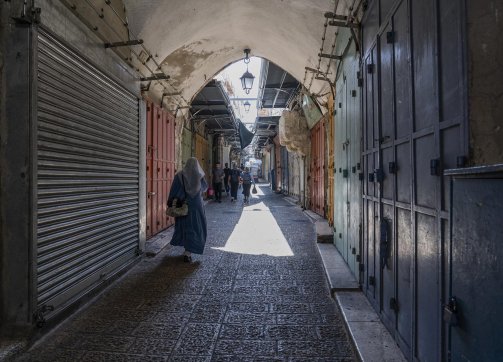The Shu‘fat refugee camp is a unique place. Literally a few miles away from the Old City of Jerusalem, this Palestinian refugee camp was established by the United Nations in 1965 in order to provide improved housing for the roughly 500 Palestinian refugee families who were living in Mu‘askar camp in the Old City of Jerusalem at that time. The focus of continued Israeli repressive attempts, it has nonetheless survived and flourished.
Israel unilaterally extended its law and jurisdiction over the camp as part of the illegally expanded boundaries of the Jerusalem municipality in 1967, meaning that the residents were entitled to permanent residency and Israeli IDs while also being obligated to pay Israeli taxes (see Precarious Status). In 1980, the camp along with the rest of the areas within these expanded boundaries were illegally annexed through the 1980 Basic Law: Jerusalem.
The population of the camp exploded as it became a magnet for Palestinians who wanted to retain their legal status or healthcare benefits but could not afford to live elsewhere in Jerusalem.

